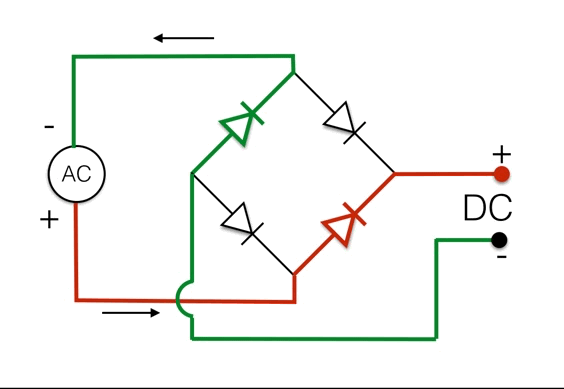Table of Content
Table of Contents maxLevel 4
Diode Symbol and Generic Diode [1] |
|---|
General Considerations
Diodes have many characteristics that have to be accounted for. Some examples include the "turn on" voltage, referred to as forward voltage or voltage drop; maximum forward current, capacitance, leakage current, and reverse recovery time. Generally, diodes should never be exposed to large enough reverse voltages that can cause a reverse breakdown. The only exception is the zener diode [2].
How to Read Diode Datasheets
Depending on the application of the diode, datasheets will vary slightly.
How to Read a Diode Datasheet [3] | ||||
|---|---|---|---|---|
|
Types of Diodes
| Full Wave Rectifier [7] | Data Line Protection [6] | Freewheel Diode [6] |
|---|---|---|
P-N Diode [8]
Visualization of Voltage Regulation and Transient Suppressor [14] | Voltage Clipping Circuits [15] | ||||||||
|---|---|---|---|---|---|---|---|---|---|
|
Contributors:
| Contributors Summary | ||||
|---|---|---|---|---|
|
Faculty Advisor: John Thistle, Kim Pope, Allyson Giannikouris, Michael Lenover (alumni)












